Since January 7, the carnival period has begun. Among the most renowned, Dunkirk (7 January-16 April) got the ball rolling, followed by Nice (10-26 February), Guadeloupe (15-21 February), Venice (16-21 February), Rio (17-25 February), Paris (February 19) and Martinique (February 19-22).
What is Carnival?
Carnival is a thousand-year-old celebration of Christian inspiration during which all social classes eat and celebrate, while wearing masks and disguises. It takes place before Lent which imposes diet, continence and prayers for 40 days before Easter. Also called Mardi Gras, this celebration announces the end of winter. For one day, the children dress up, put on make-up, have fun, sing and dance.
The oldest carnival is that of Granville in Manche (50), the first edition took place on February 7, 1875, bringing together 8 horse-drawn floats, including one dedicated to charity to help the poorest. According to the religious calendar, the carnival begins after Epiphany (January 6) and ends after Mardi Gras, the eve of the start of Lent. It would seem to be inspired by the Roman Lupercalia and the Greek Dyonisiacs and would be linked to seasonal and agricultural cycles. In Christianity, it is a period of 40 days between the beginning of Lent and Easter. During this period, no celebrations should take place, and people should refrain from eating fatty products (meat, products milk, fat, eggs and sugar). In the West Indies, since the 16th and 17th centuries, slaves have created their own ceremonies. In Europe, it quickly moved to the south of the country (Nice, Menton, etc.) where flower parades parade day and night on a theme that changes each year. Flower fights, street art troupe and musical groups from all over the world are on the program in a festive, family and friendly atmosphere.
The carnival of Paris
The French capital has just celebrated the 26th edition of the carnival. This year, the theme was « The plant world under the stars » and took place on Sunday February 19. Leaving from Place Gambetta (75020) around 2 p.m., the procession of the « promenade du Boeuf Gras » (another name for the carnival) reached Place de la République (75003) via Boulevard de Belleville and Rue du Faubourg du Temple. The party continued in the square until 8 p.m. After 30 years of absence, the Carnival of Paris, fallen into oblivion, was able to rise from its ashes with its 2 annual parades: « La promenade du Boeuf Gras » opening on February 19 and one month after « La fête des Reines des Blanchisseuses de la Mi-Carême » (women’s carnival procession) on March 19.
2008, the festive tradition of the Since Mi-Carême celebration, formerly organized by Parisian laundresses, was brought up to date. Every year, the laundresses elected a queen from each laundromat and a queen from the community to walk the streets in costume. This is why this popular tradition has been transmitted to Paris to make it a festive city again. The route begins around 3 p.m. place du Châtelet 75001) to go through the boulevard de Sébastopol, the rue St Martin, the rue des Archives, the rue Vieille du Temple and the rue de Rivoli then return to the point of death.
Mardi Gras in Paris
Little Parisians can celebrate Mardi Gras at the Jardin d’acclimatation, at the Sablons crossroads in the Bois de Boulogne (75016). They can participate in a parade with their best disguise. The departure takes place in front of the Enchanted River. Artists, musicians, acrobats and fire-eaters are there. for the parade which starts at 2:45 p.m. and ends 2 hours later.
Share this content:


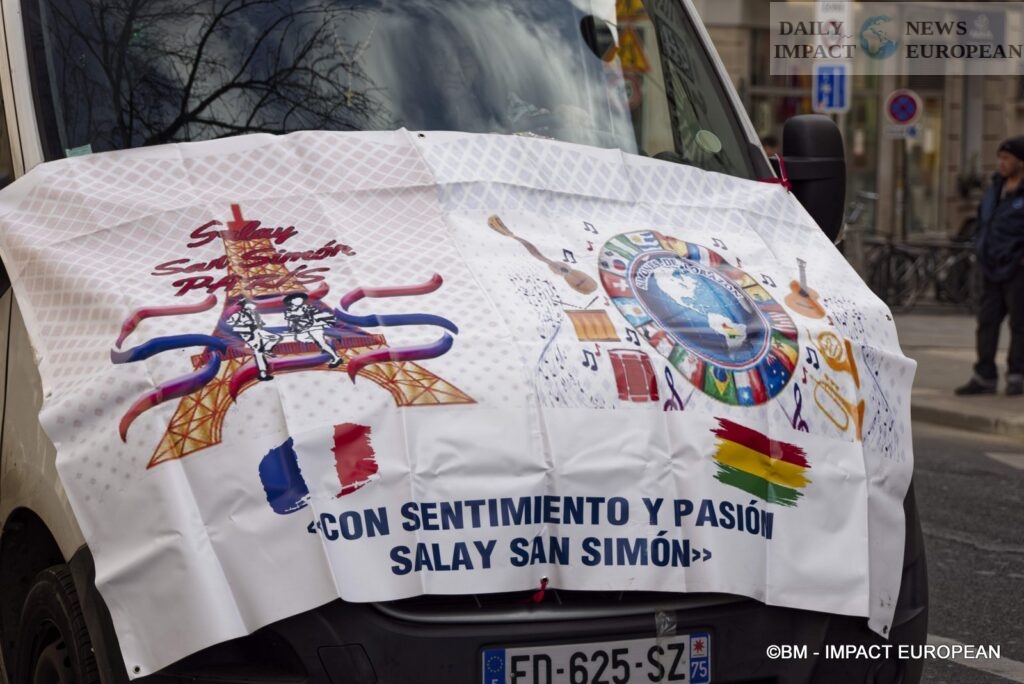
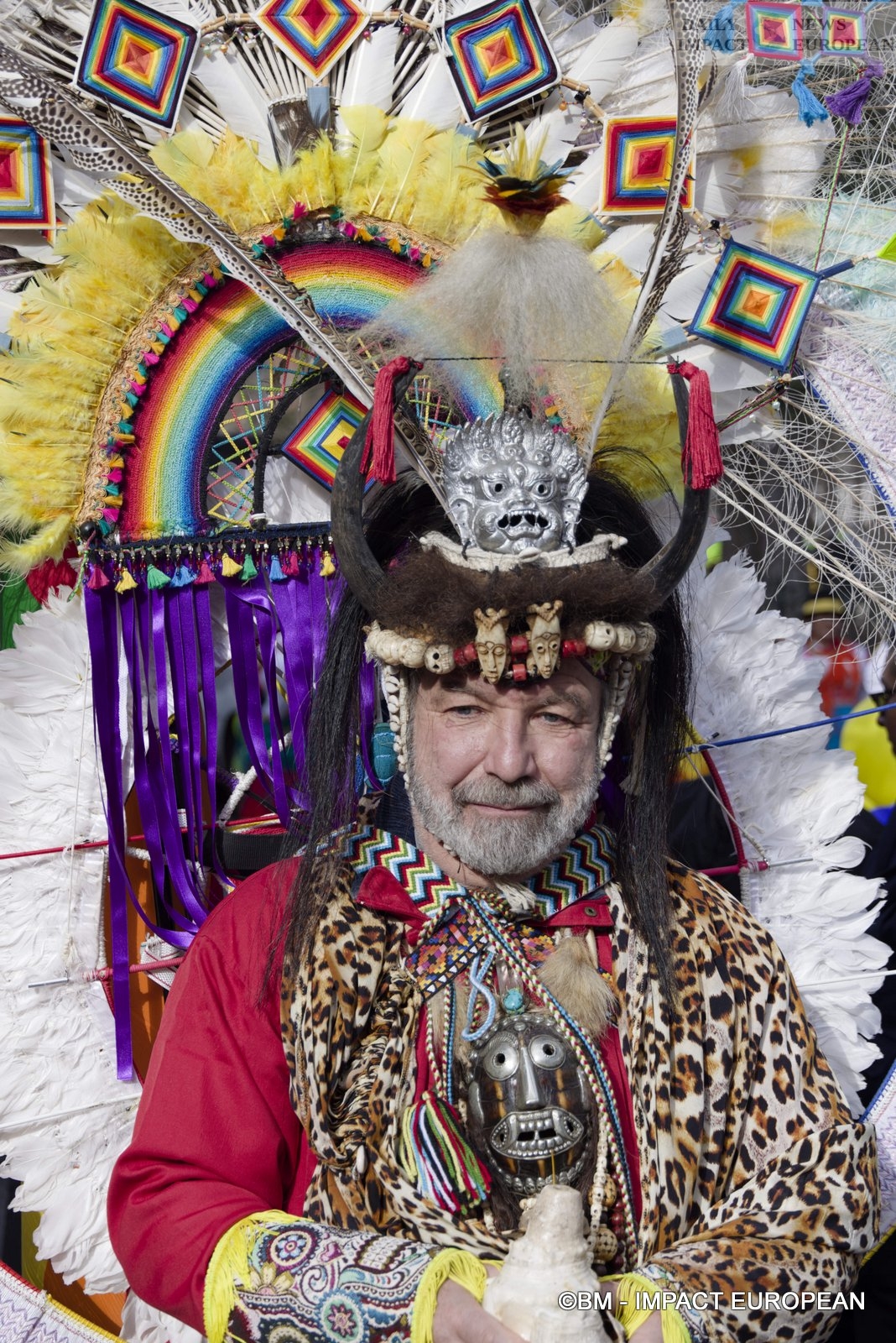
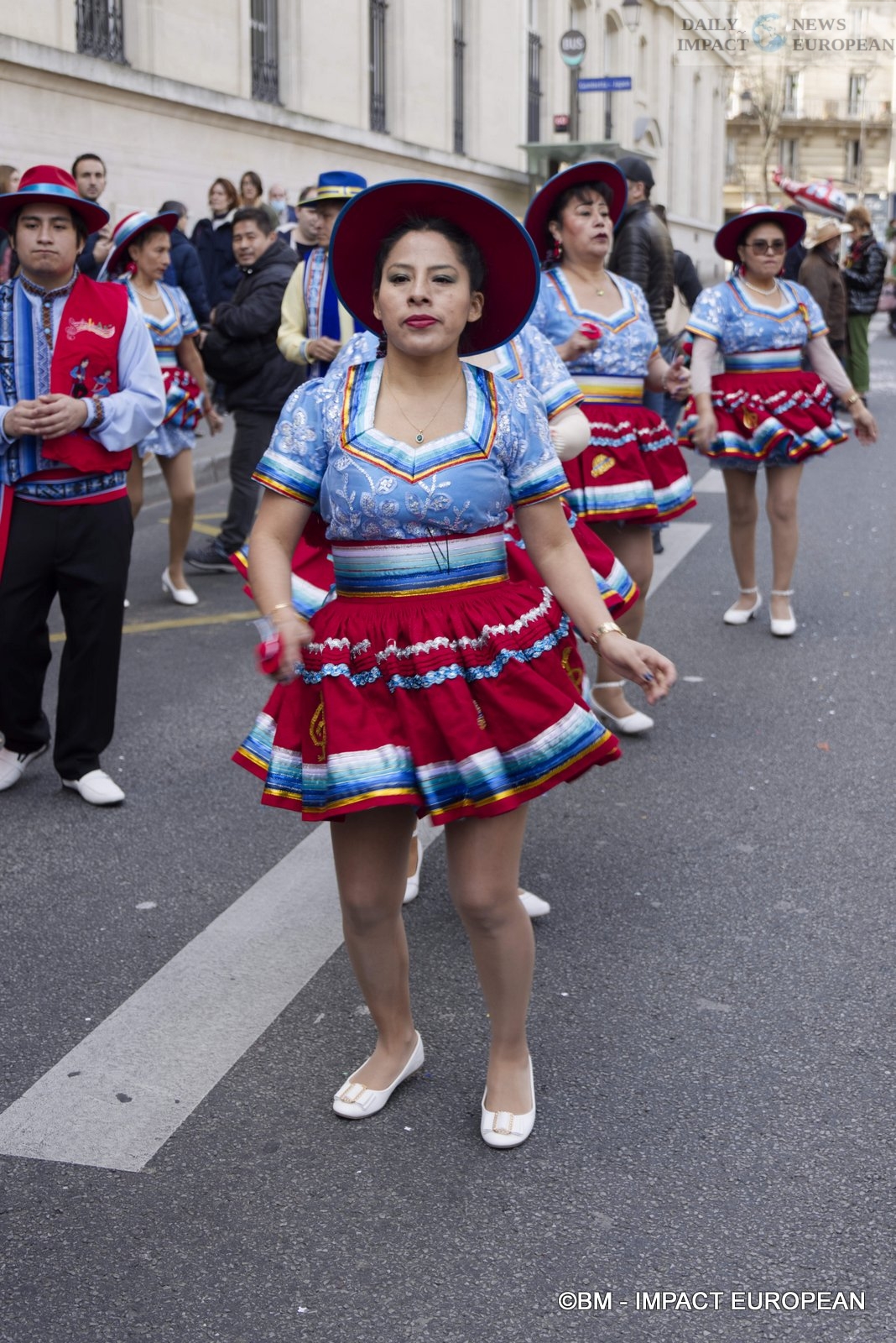
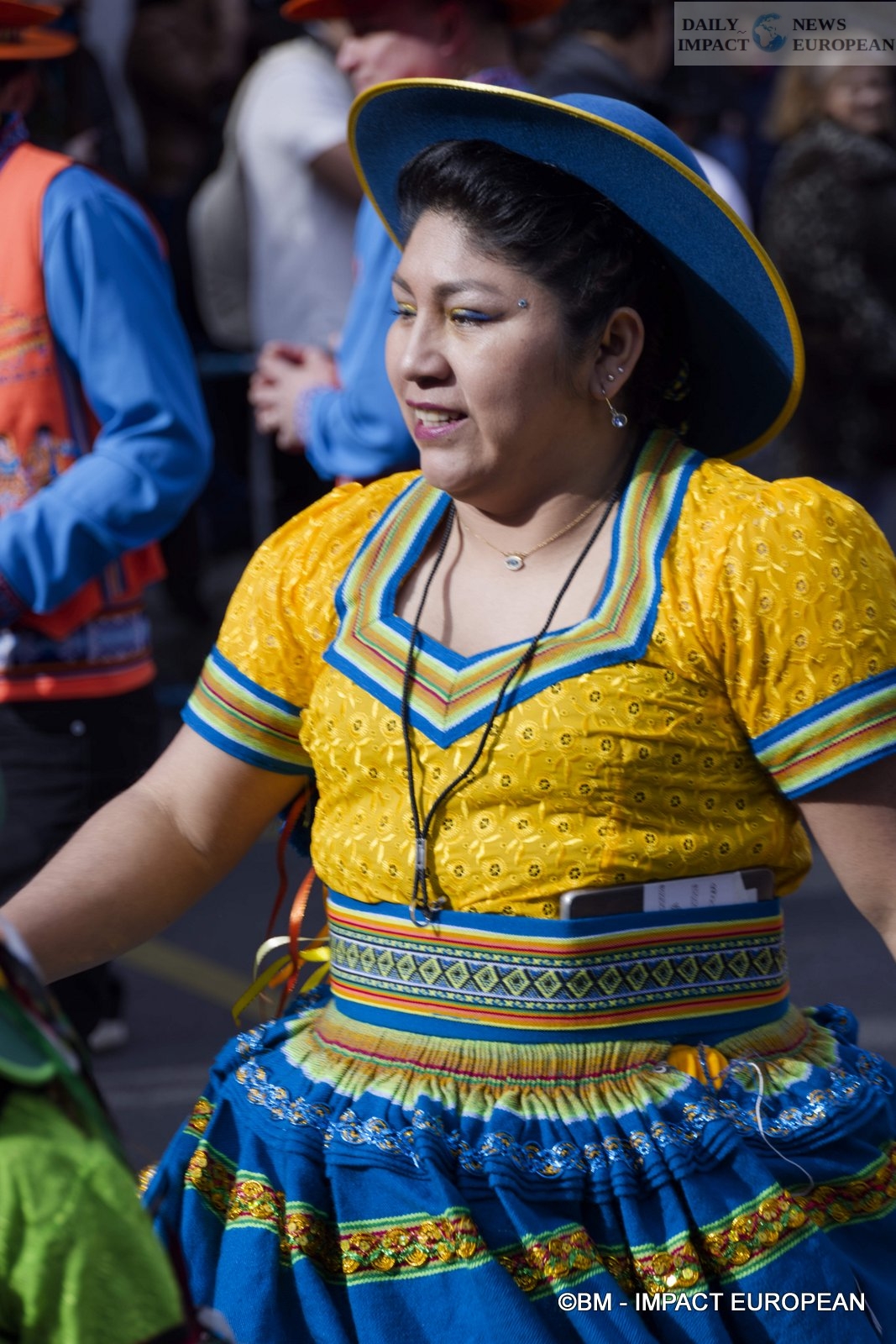
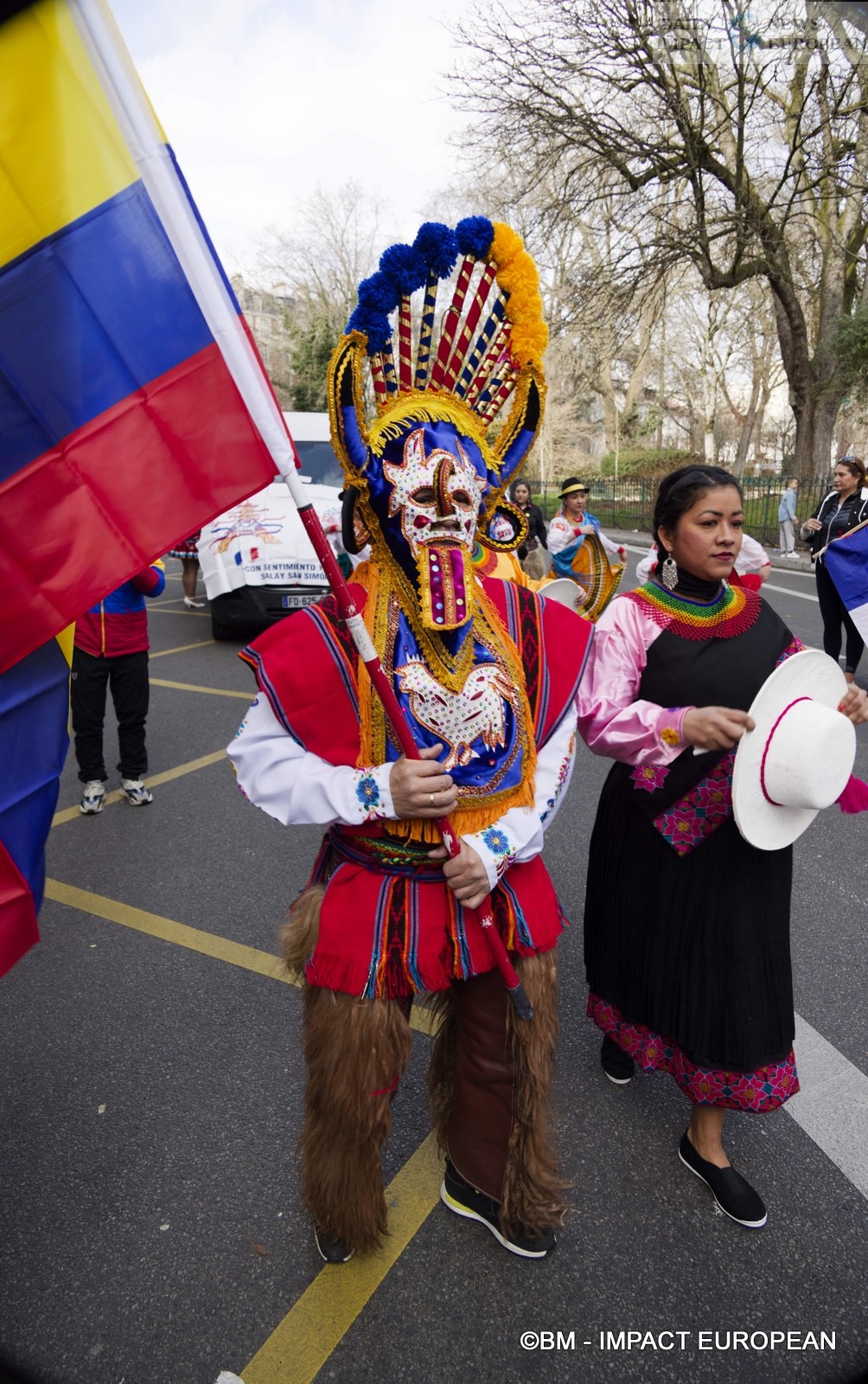
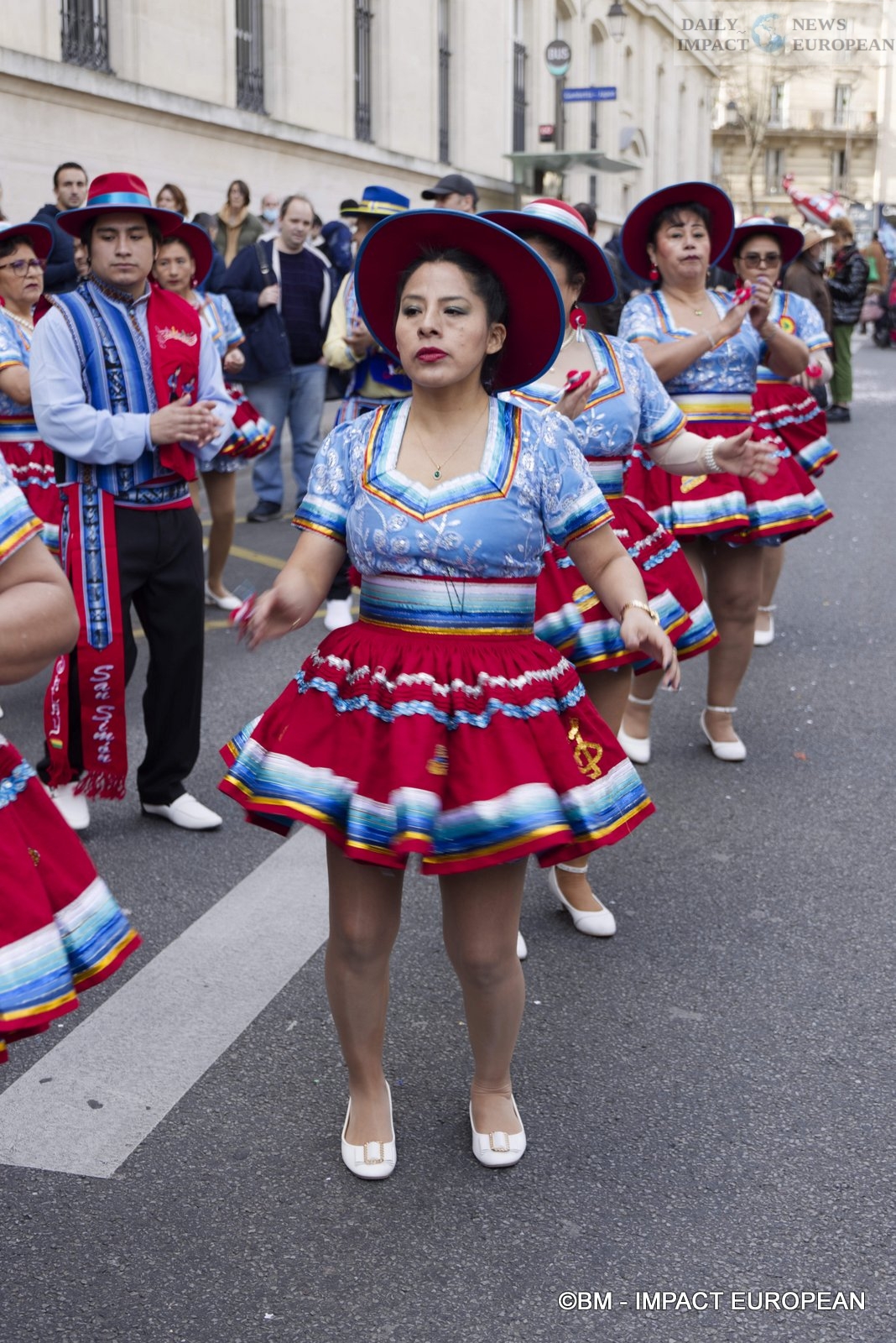
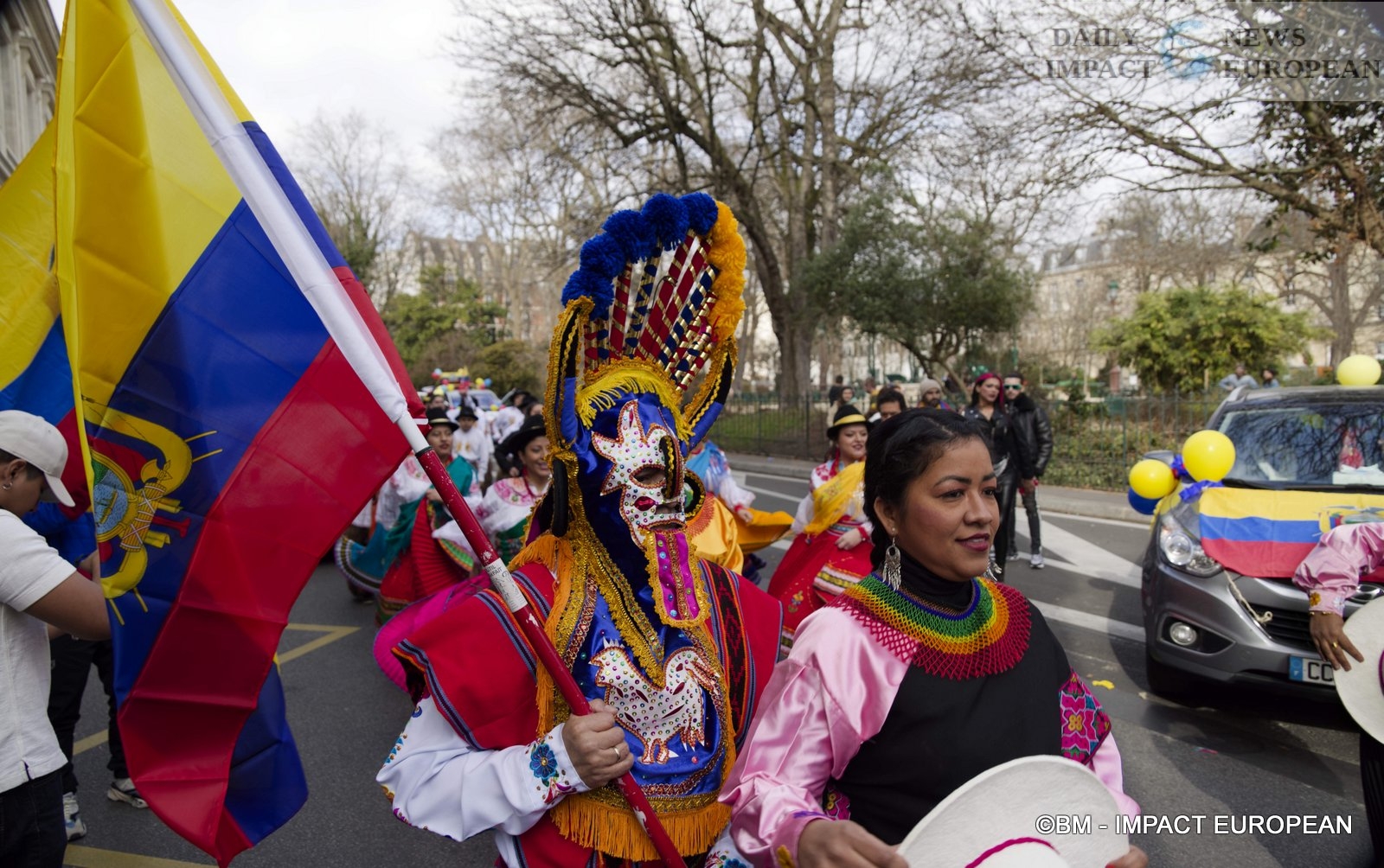
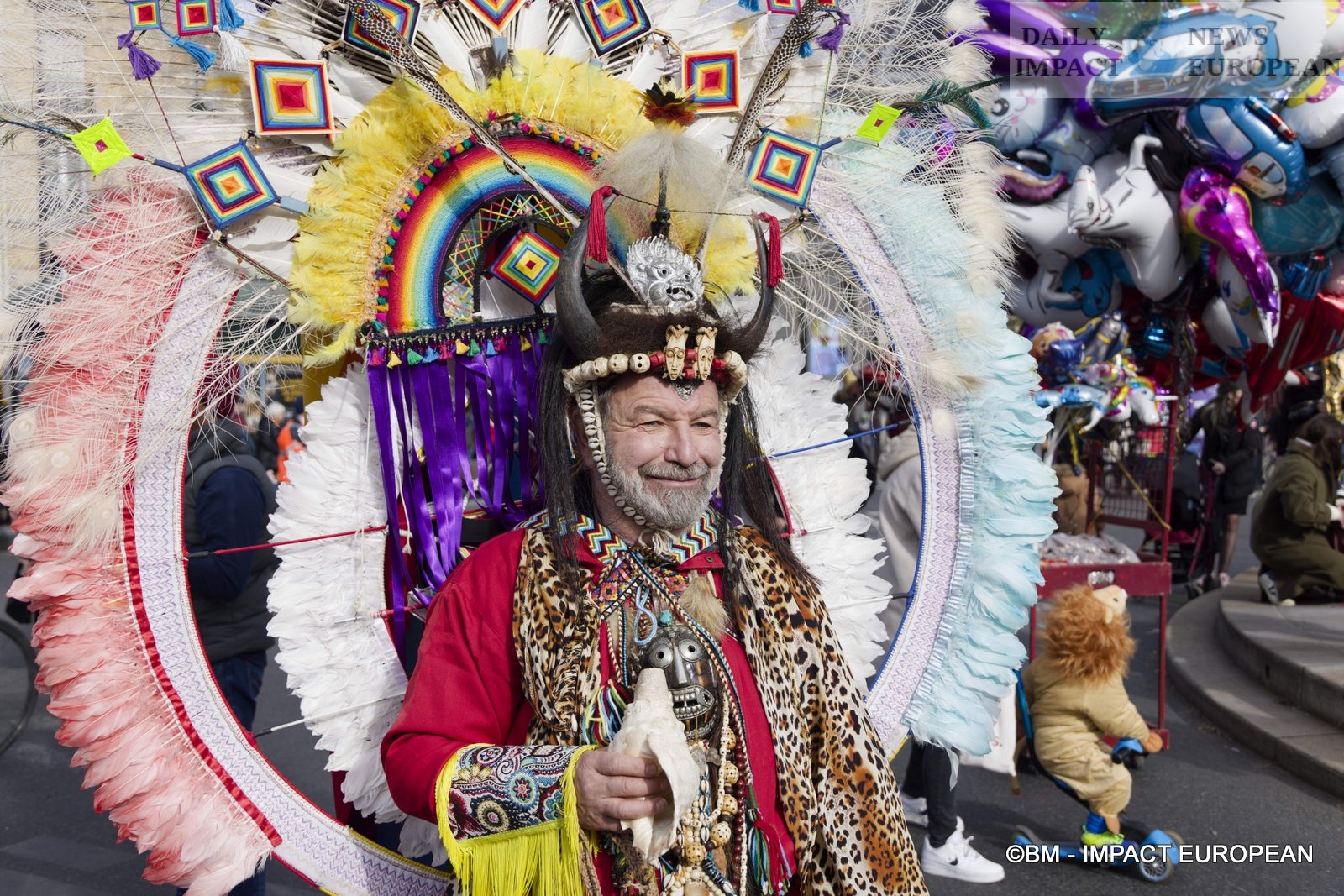
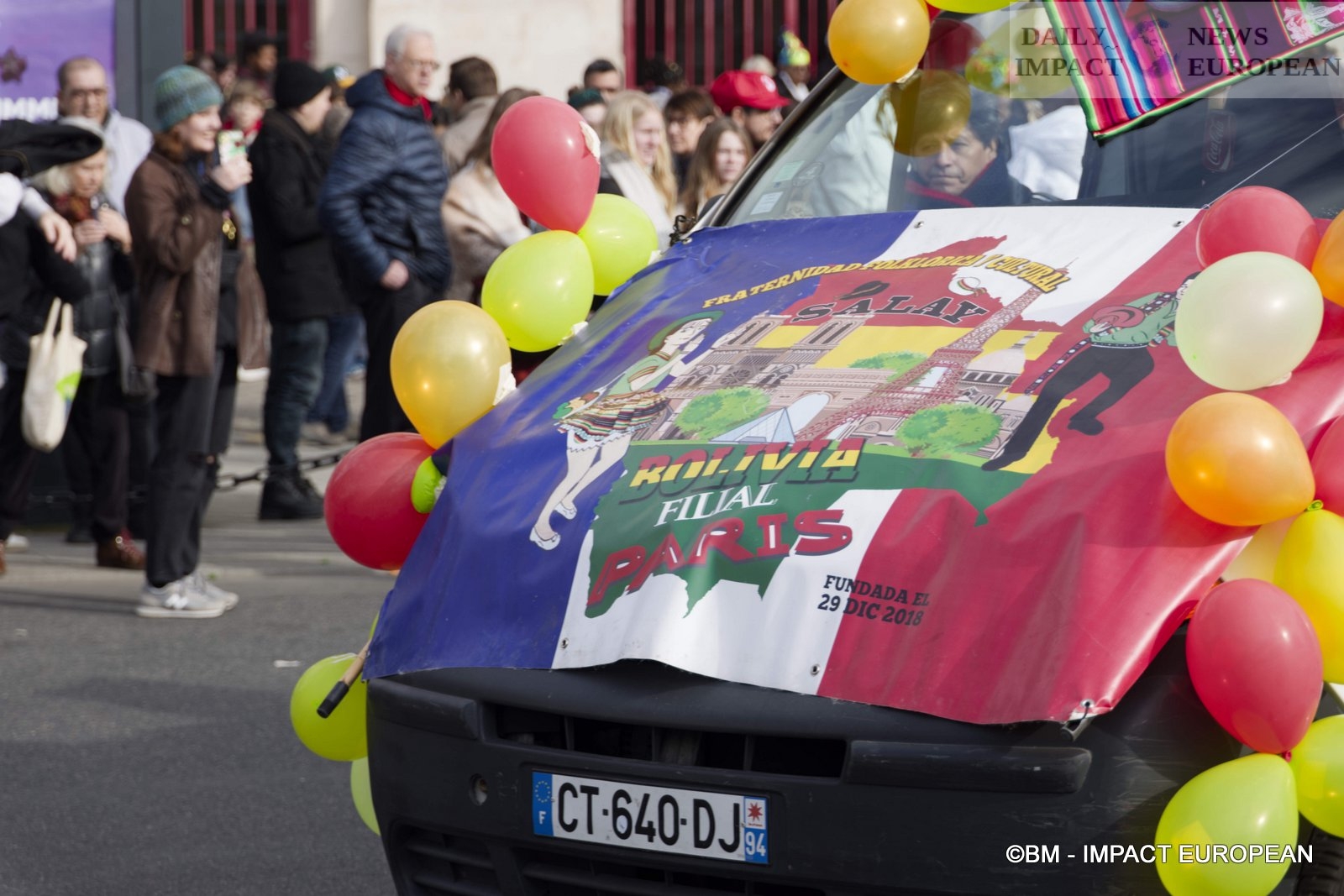
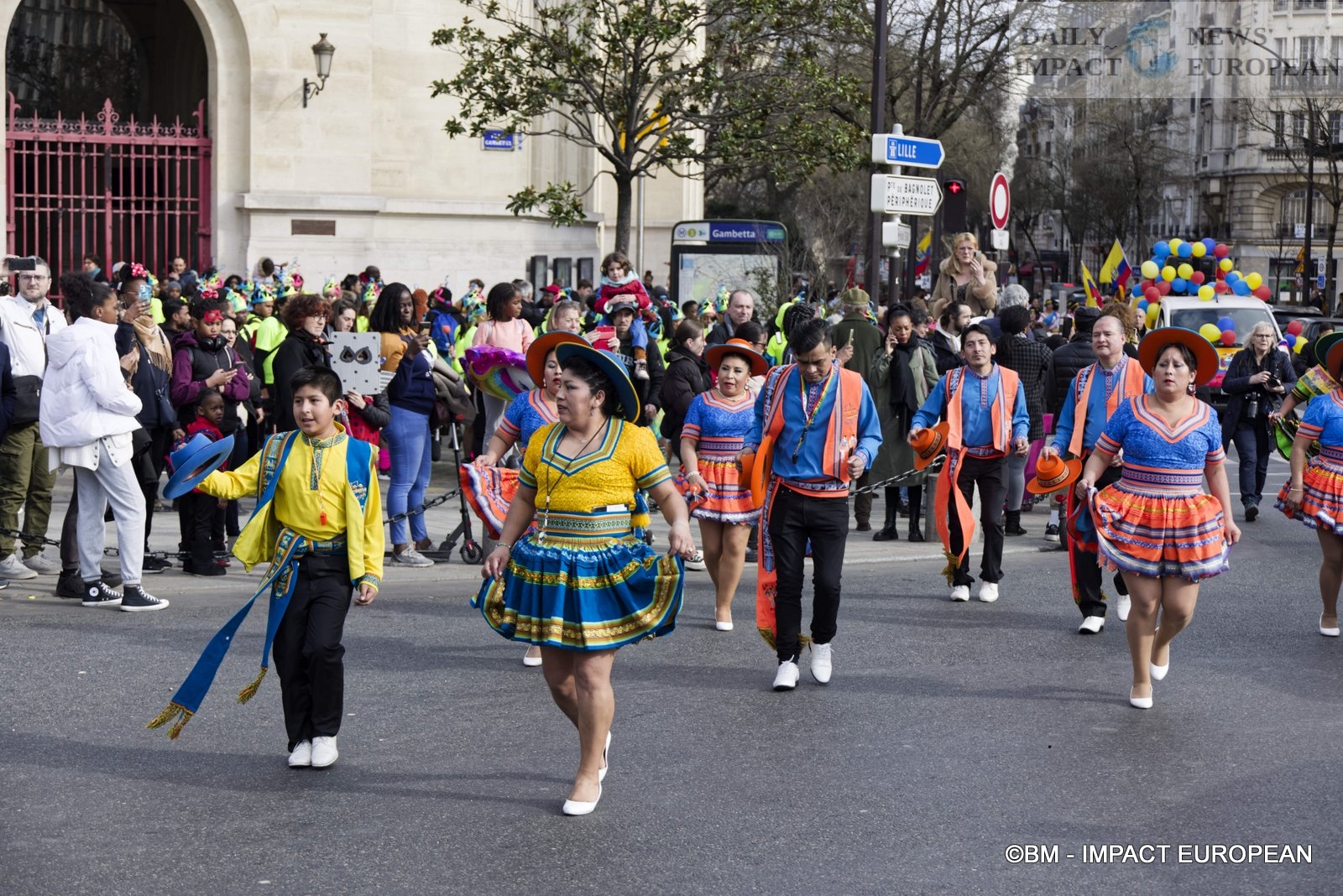
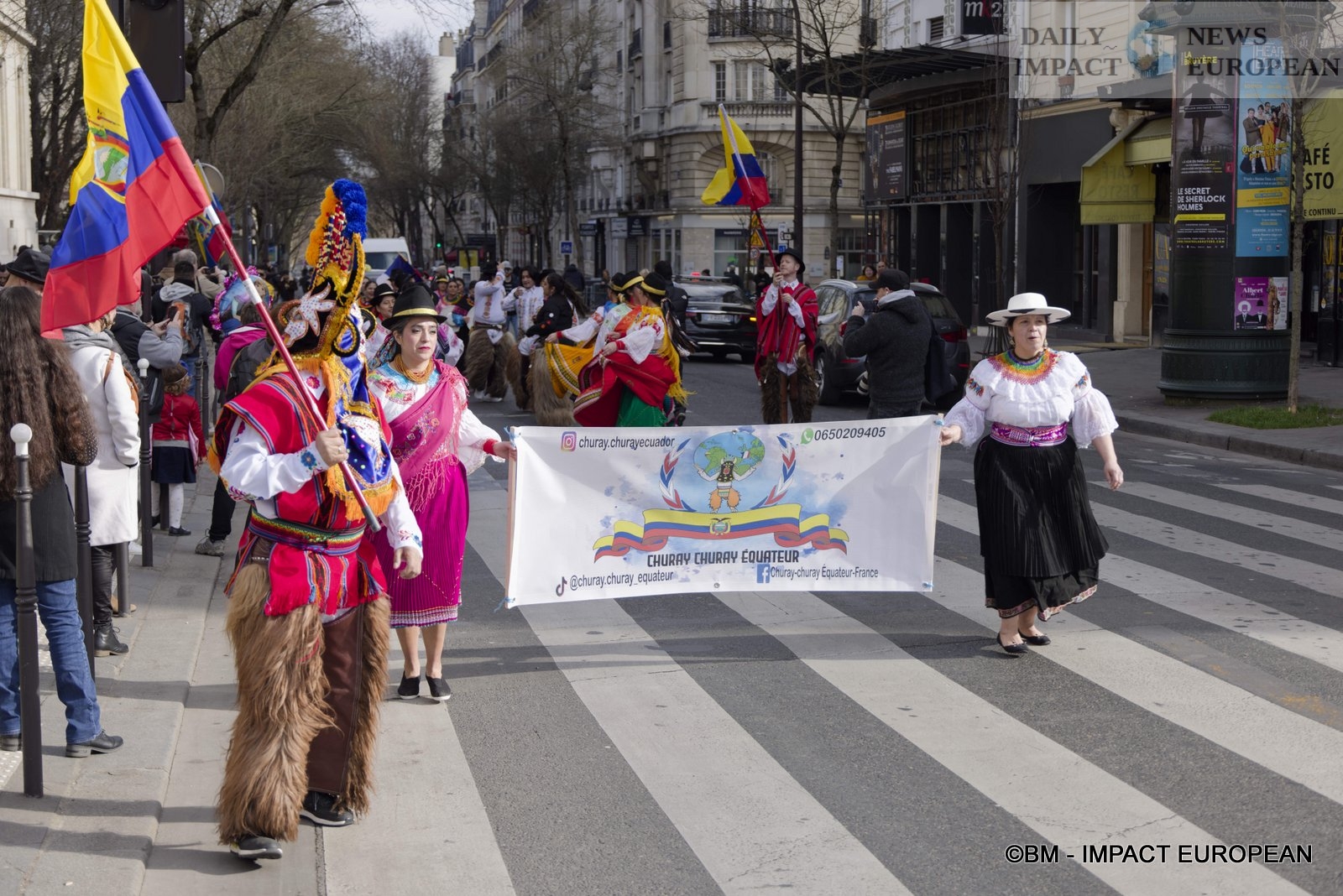
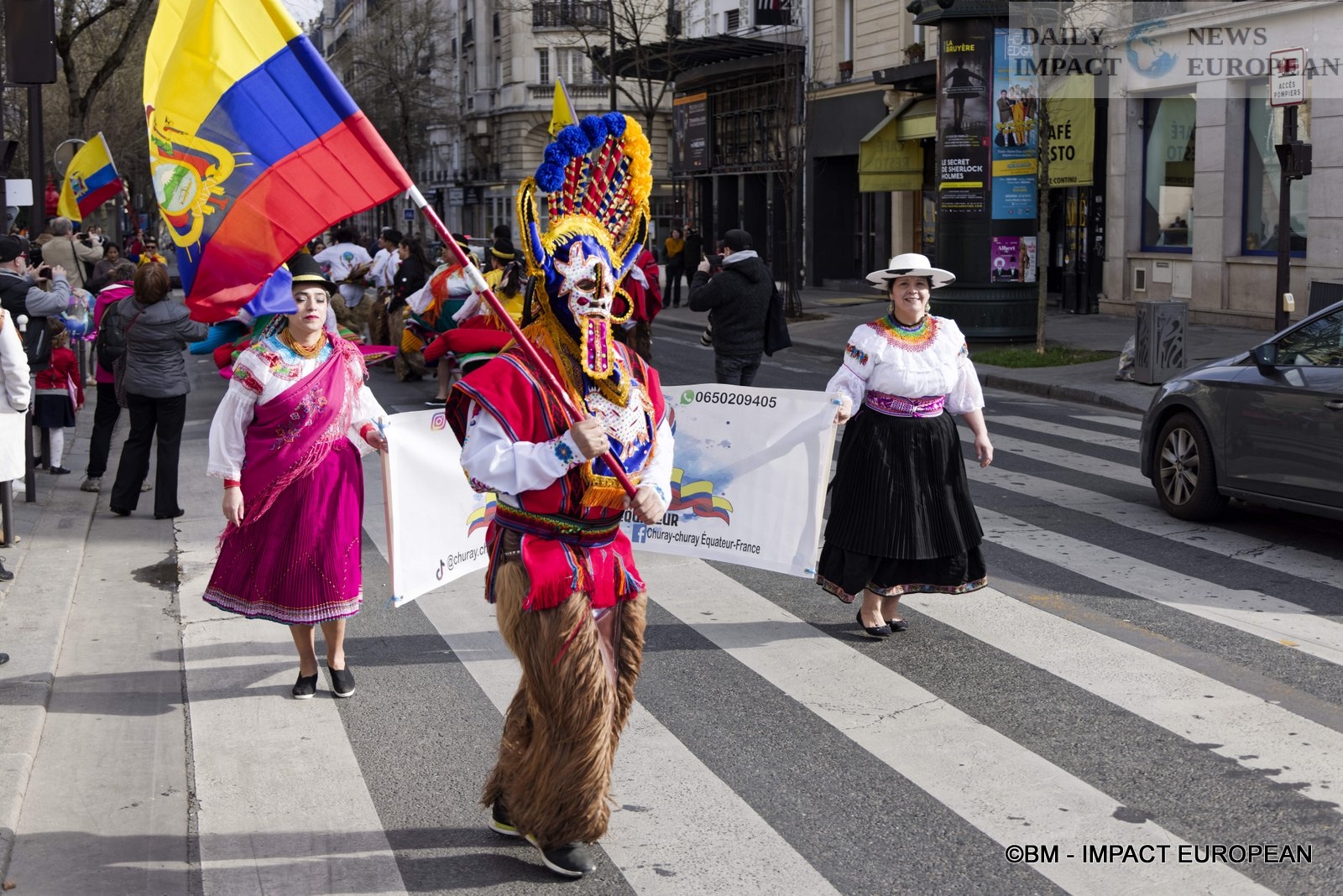

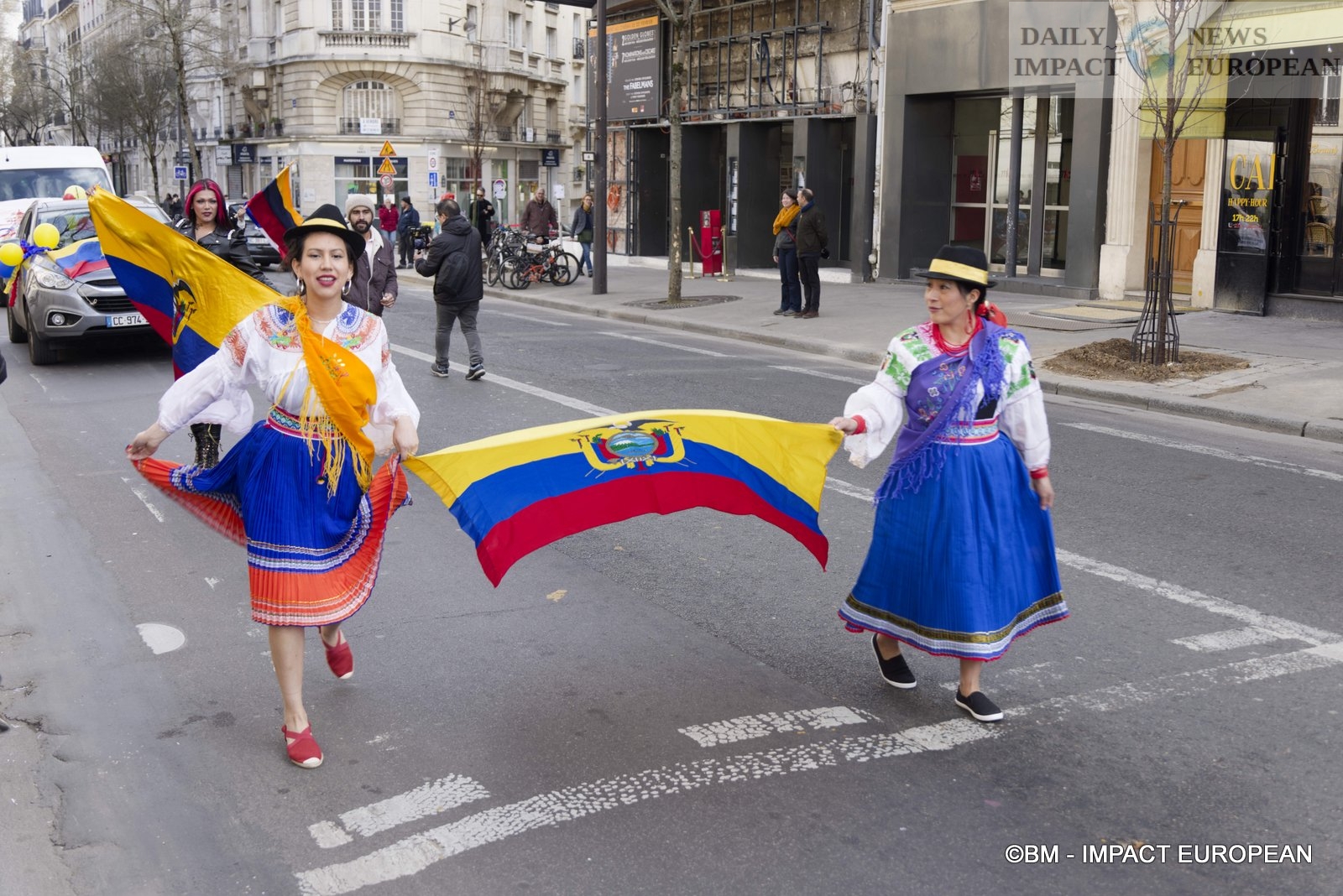
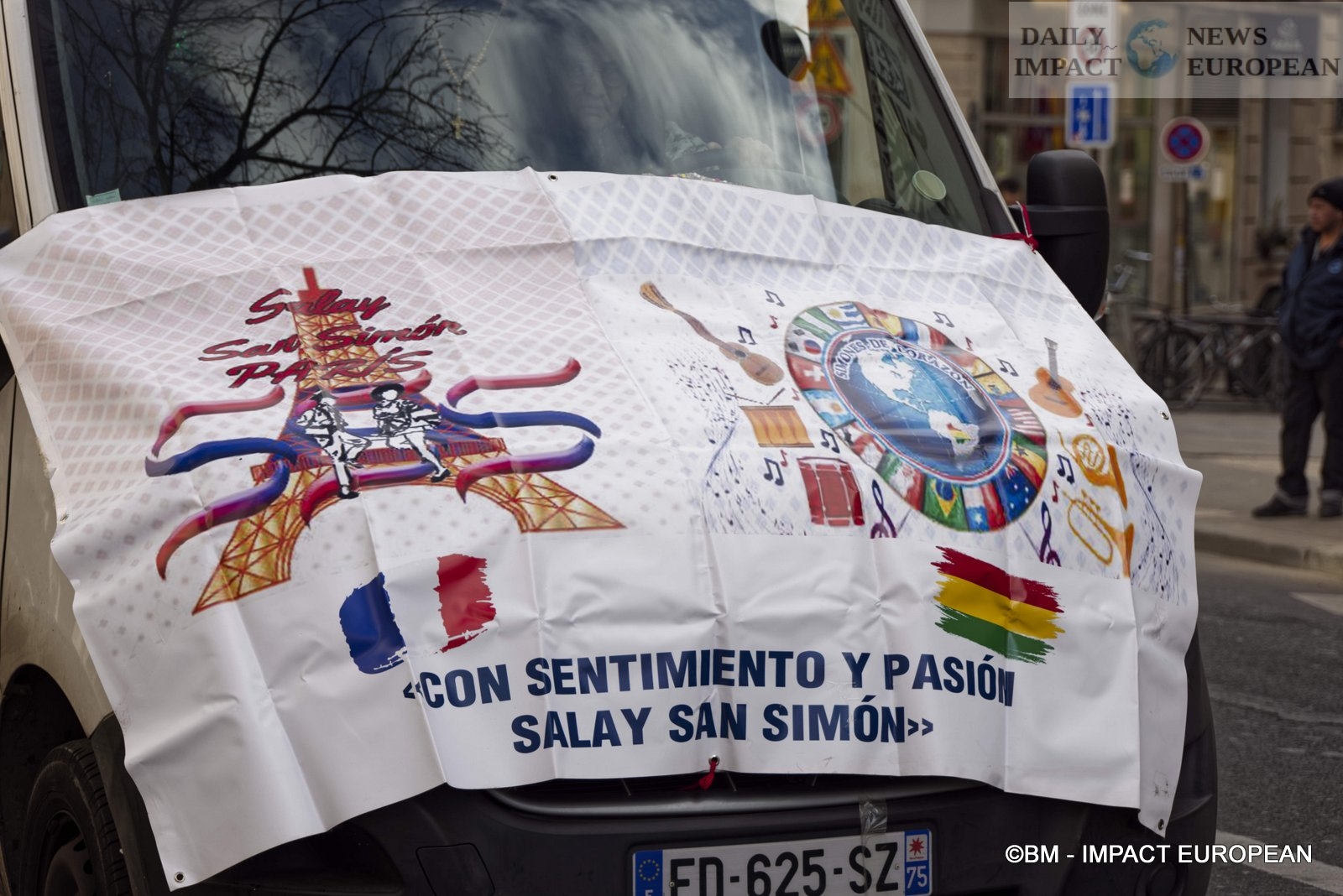
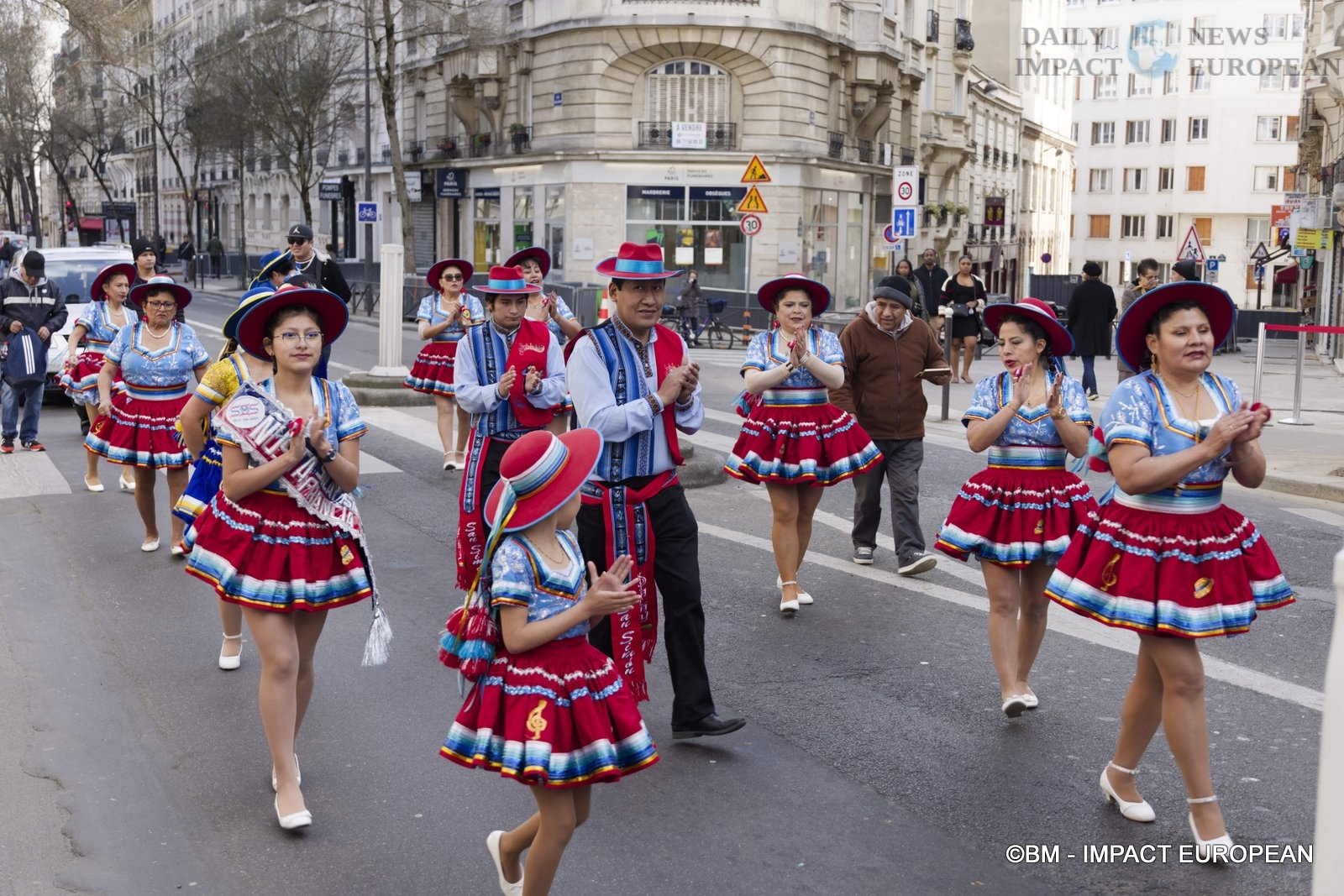
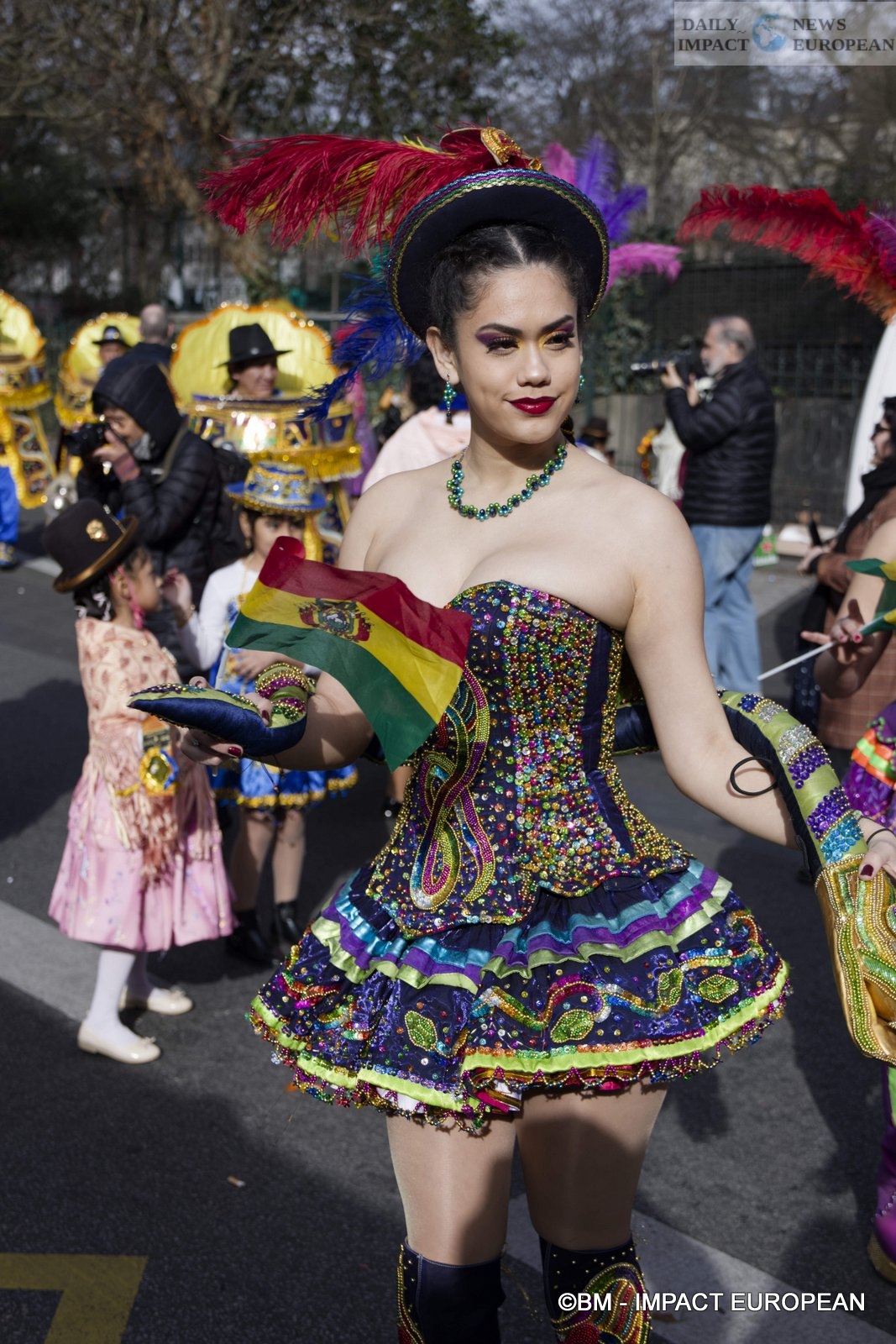
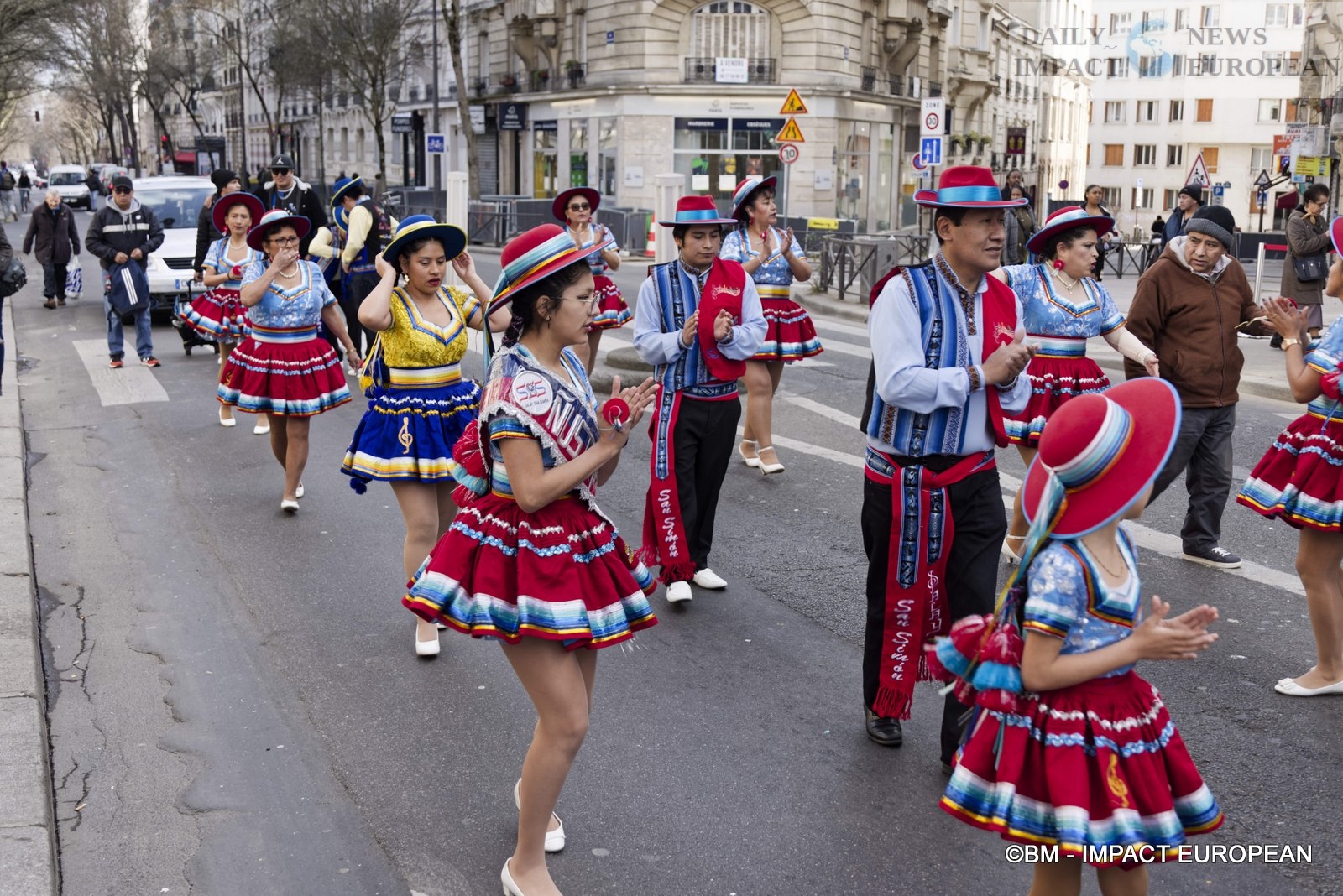
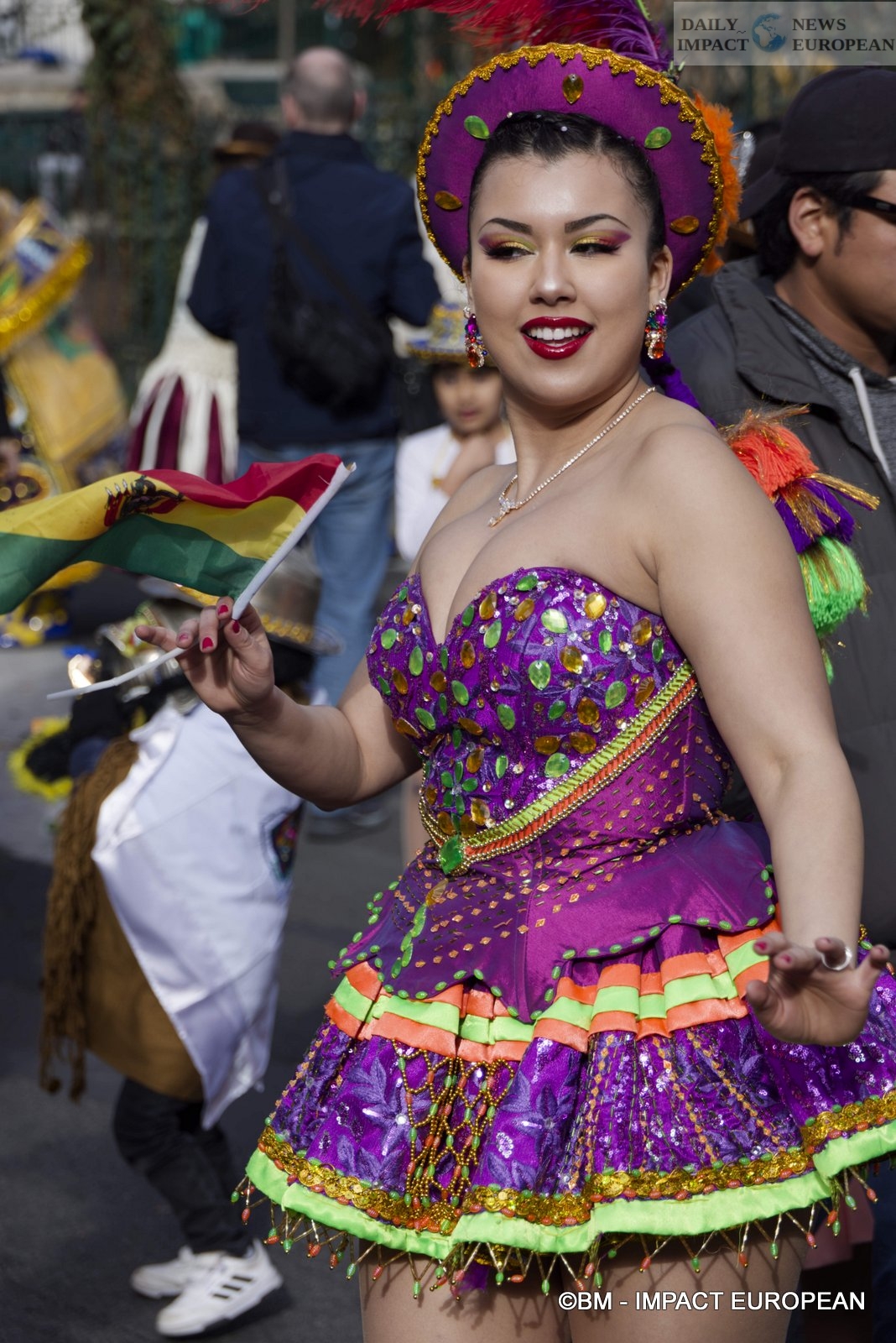
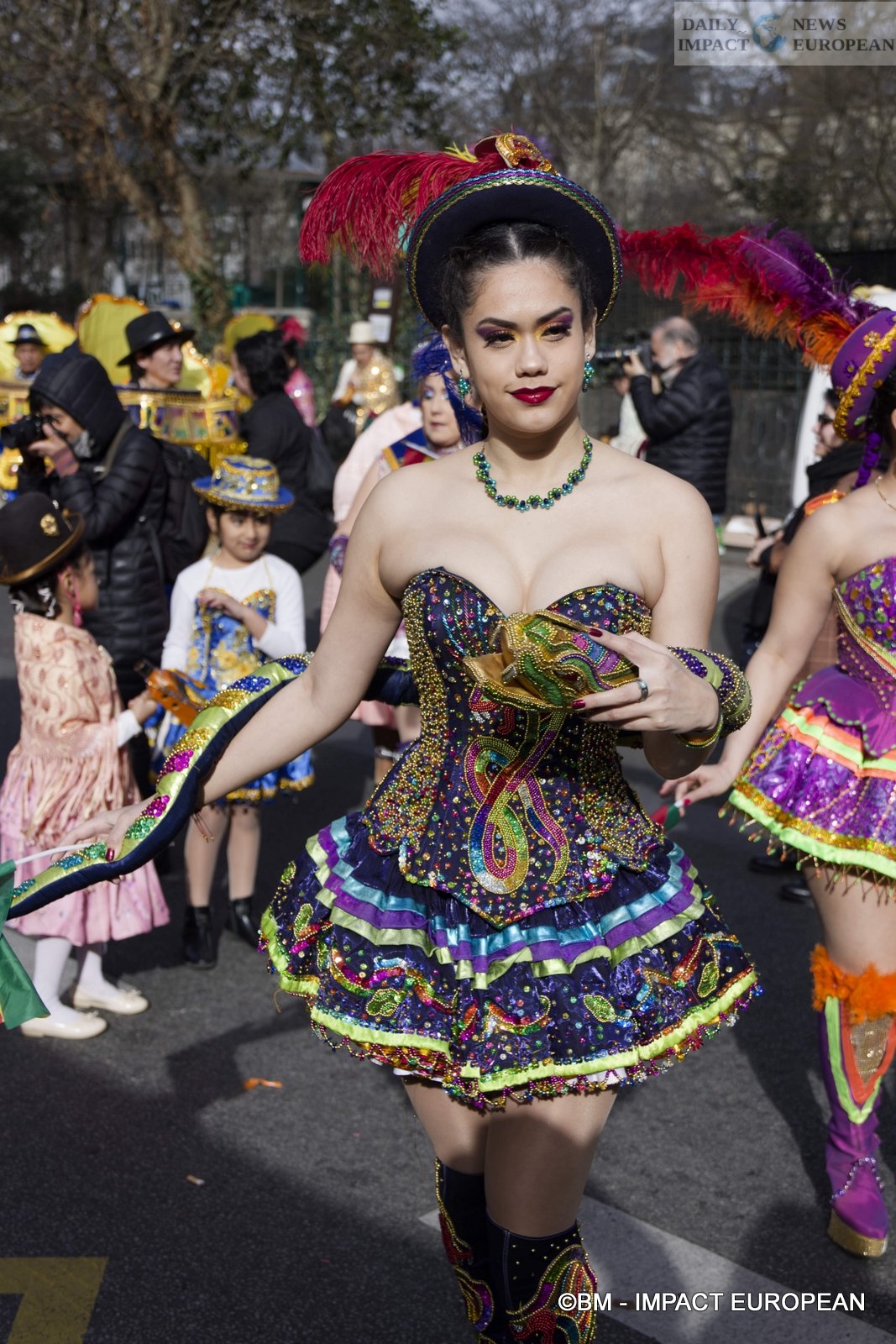
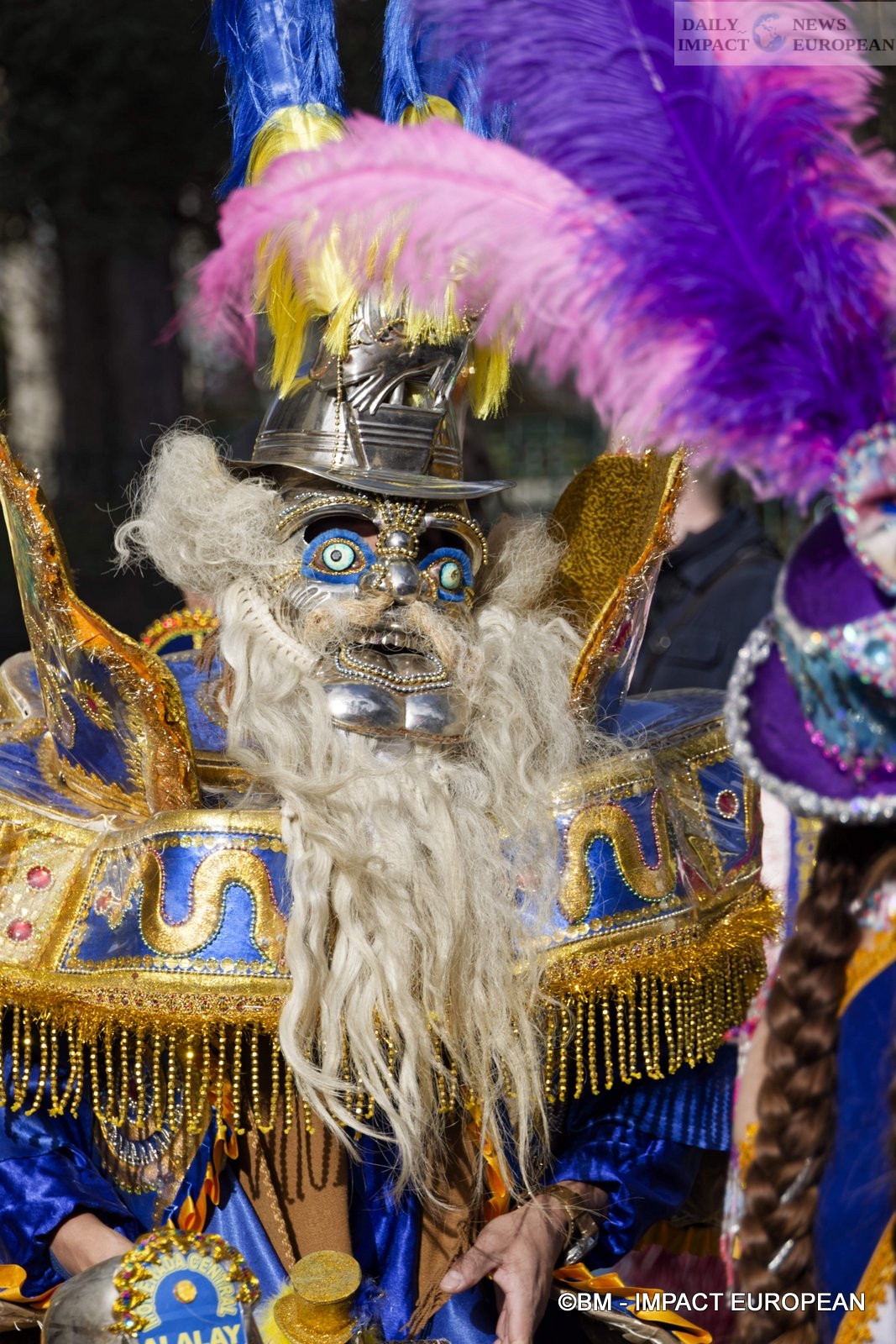
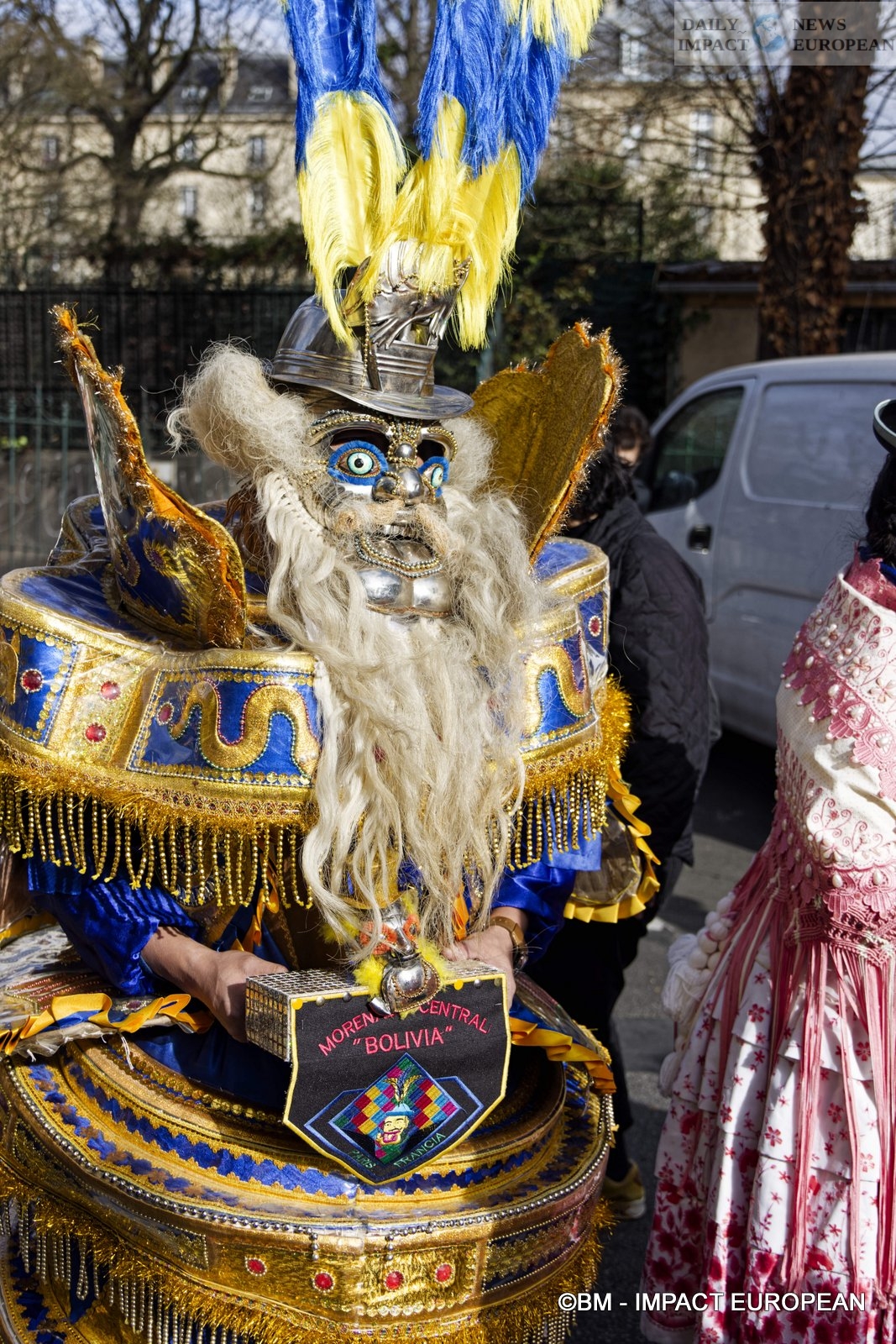
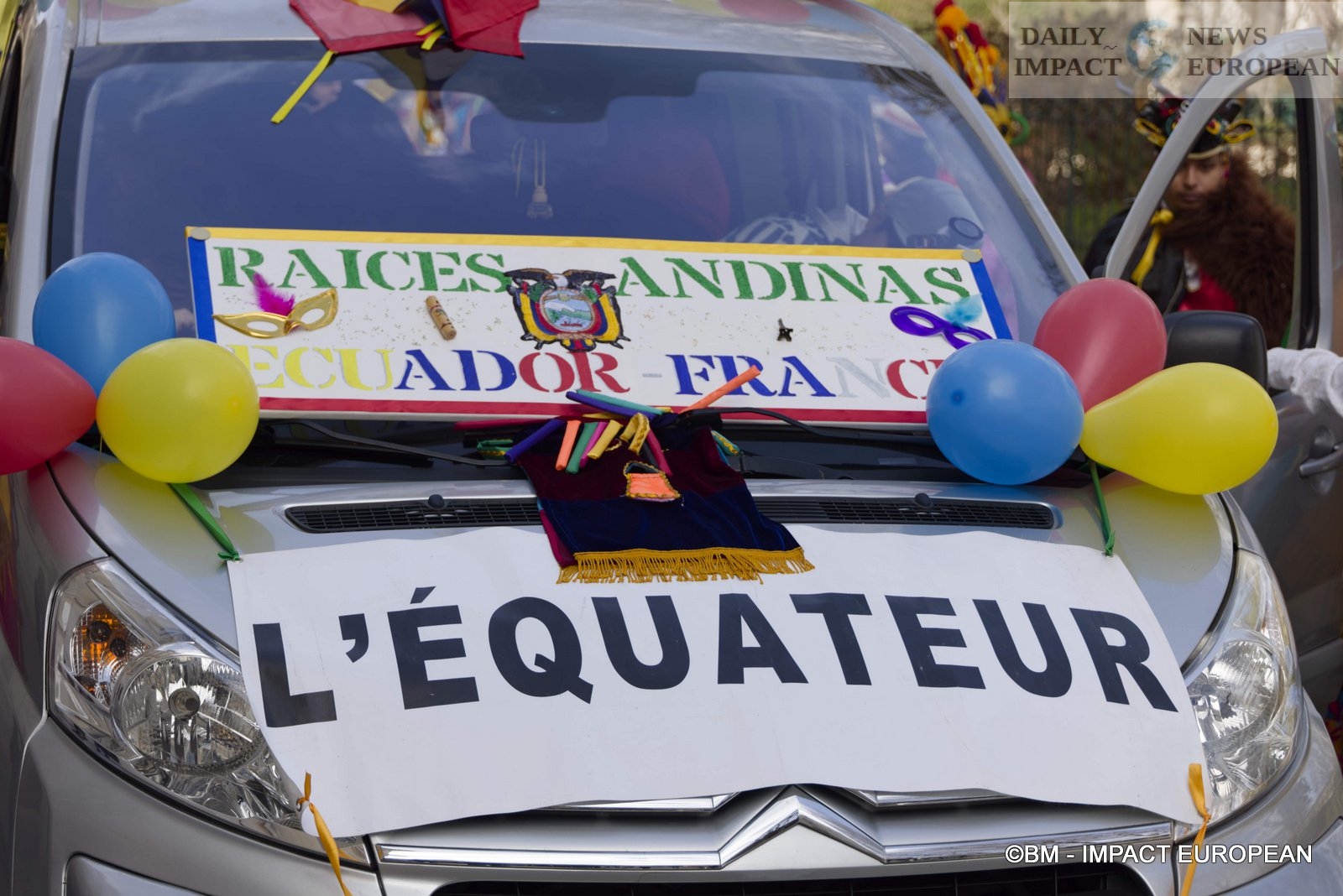
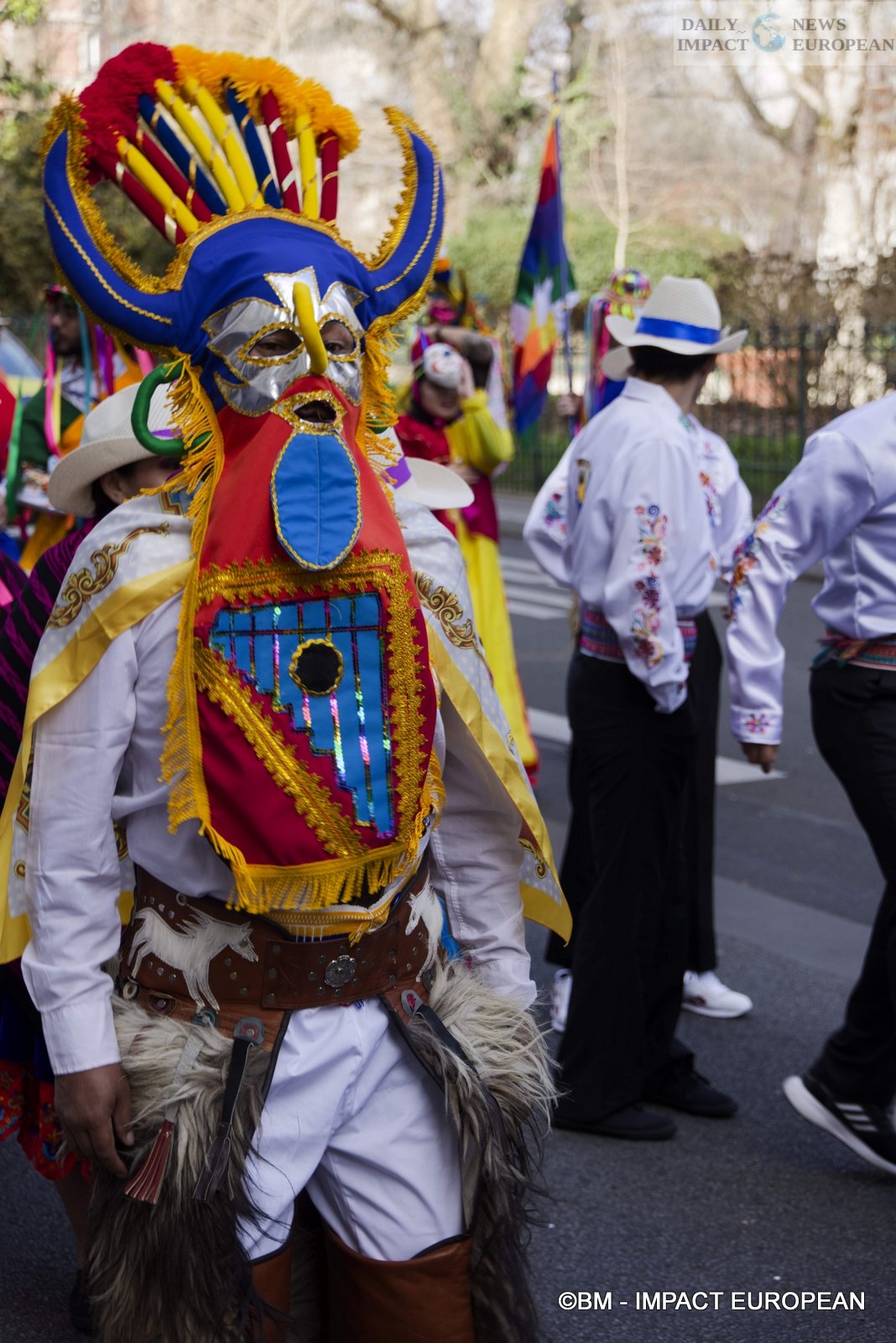
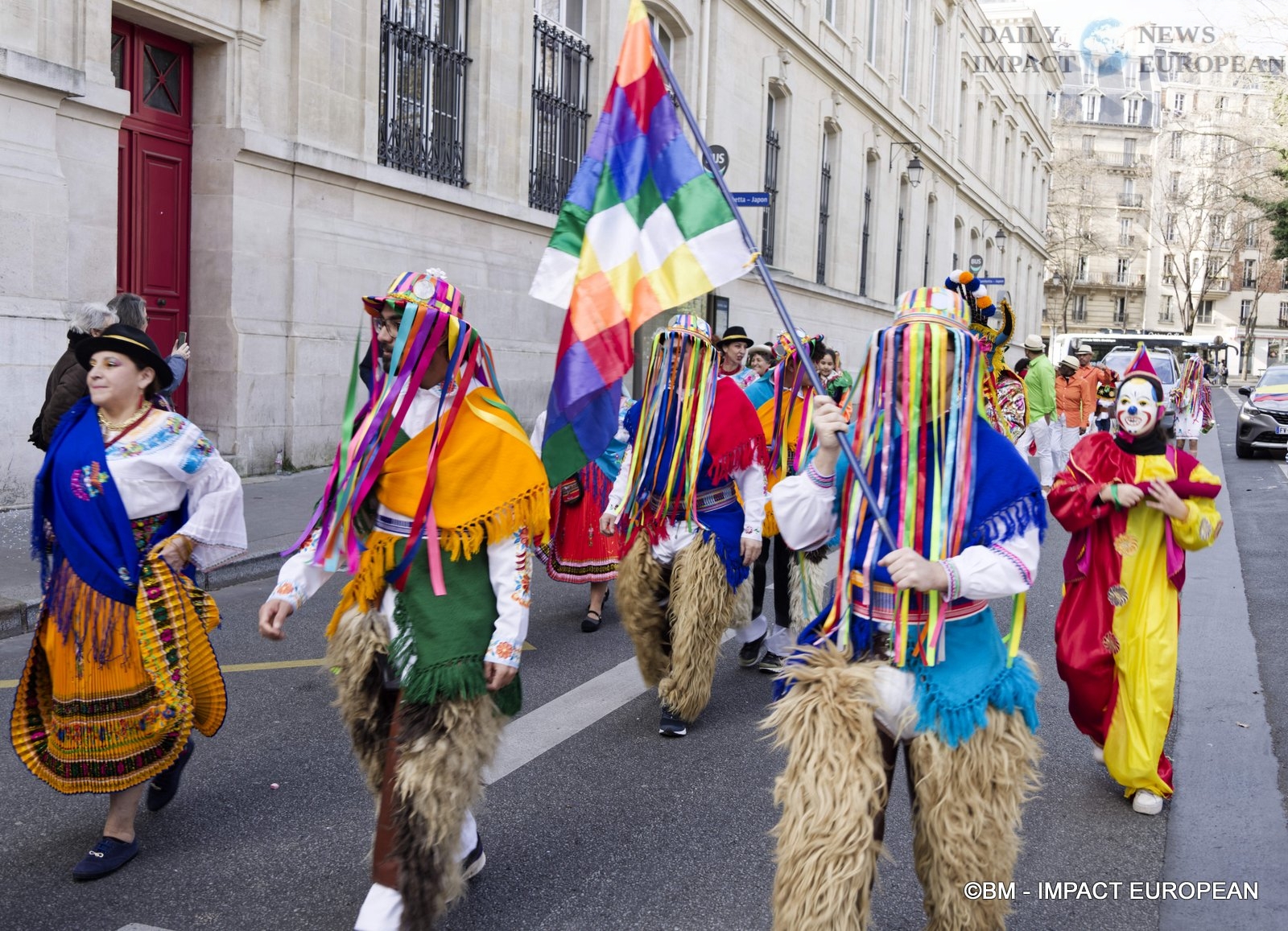
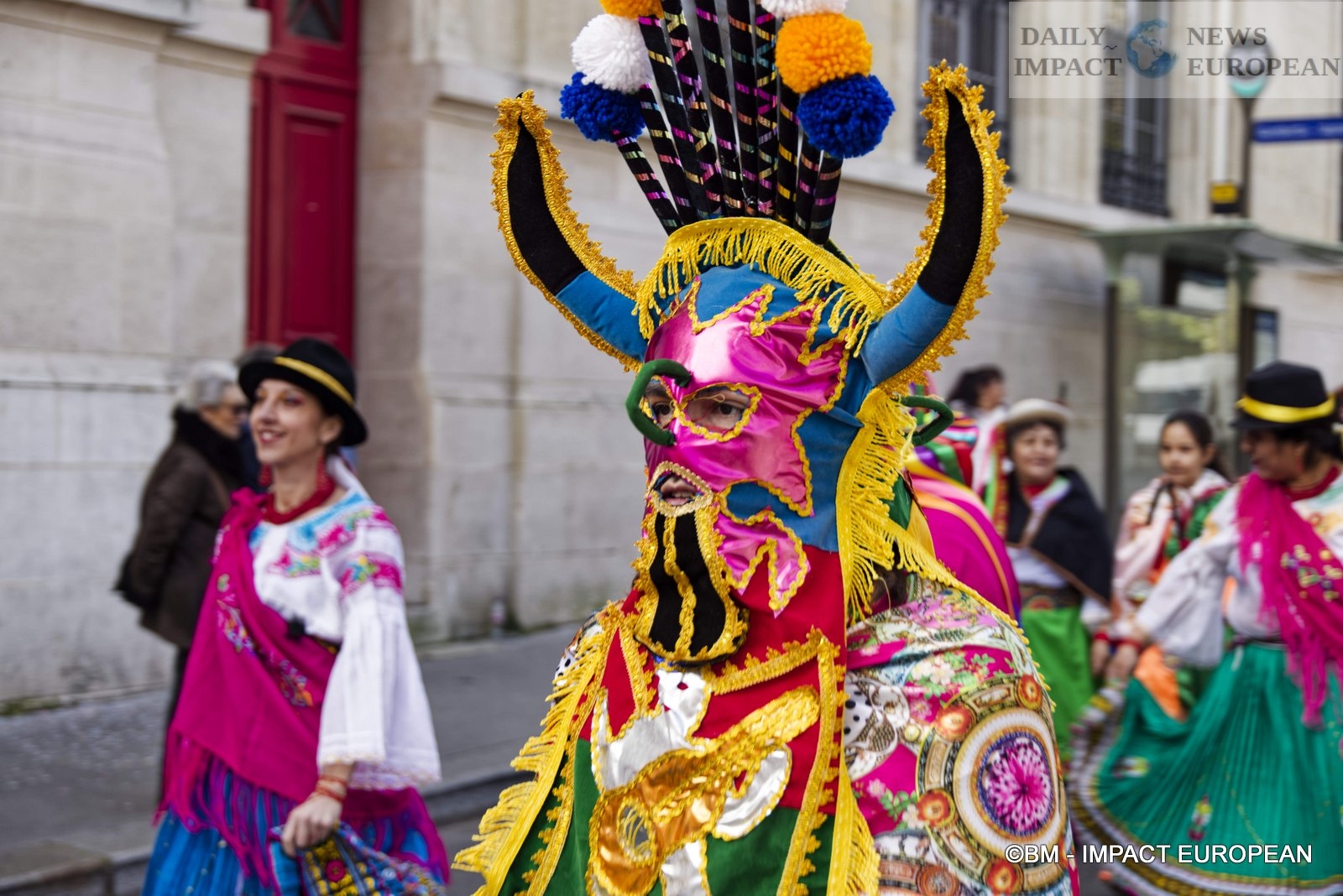
Plus d'histoires
Berlin, Strategic Crossroads: Ukraine, European Security, and the Peace Economy
Eastern Europe: Strategic Security, Russian Pressure and the Economic Reconfiguration of the European Union
Macron receives the Cypriot president: a strategic partnership for the EU